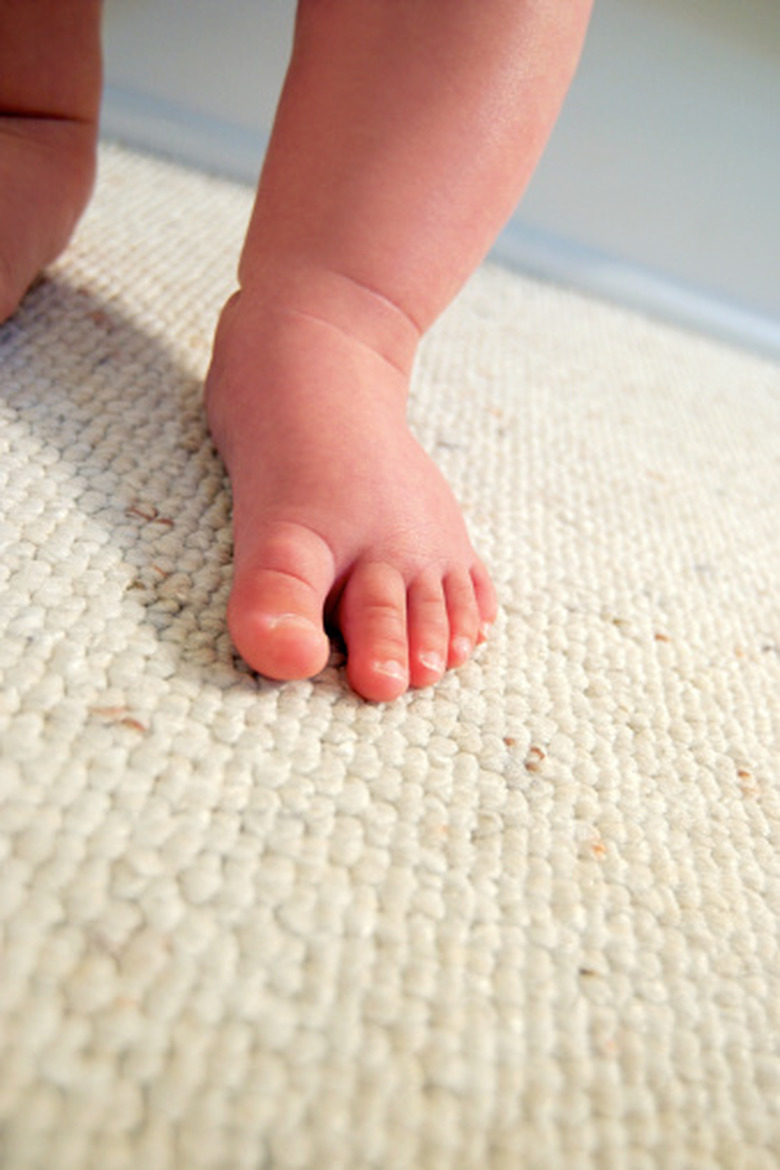Pros & Cons Of Scotchguard
Scotchgard is a spray that protects fabric and upholstery from staining. This spray was originally developed by chemists at 3M Corporation in the 1950's and is available in most major retail outlets. Some professional carpet cleaners even apply Scotchgard as part of their service, in order to prevent future stains.
Pro: Repels Liquid
Pro: Repels Liquid
Scotchgard is part of a group of chemical called surfactants, which means that its particles immediately seek the surface of what ever it comes in contact with. These particles help to keep staining substances from binding with the material and creating a permanent stain.
Con: Long Drying Times
Con: Long Drying Times
According to the makers, Scotchgard needs to be allowed to dry in a nonaccelerated way (no fans or heaters) for at least overnight or longer. This may not be as problematic when applying Scotchgard to a piece of furniture or a jacket, but carpets — as one example — would require you to avoid walking on them for over a day. If the Scotchgard is dried too quickly or applied too thickly, then its layer can become stiff and flaky, requiring you to vacuum the affected area.
Pro: Versatility
Pro: Versatility
Though many options exist for providing stain resistance, such as mill-treatments on carpets, a product like Scotchgard can be easily applied by anyone to most colorfast textiles. This allows everything from furniture to clothing receive a protective, stain-resistant layer, without having to resort to professional services. 3M does not, however, recommend Scotchgard for use on oriental rugs or wool.
Con: Must Be Reapplied Periodically
Con: Must Be Reapplied Periodically
Over time, the protective layer formed by a Scotchgard application is bound to wear down. As a result, 3M recommends that a Scotchgard-protected surface be thoroughly cleaned and reapplied at least once a year. However, high traffic areas and frequently-worn clothing should have their coatings updated even more frequently.
